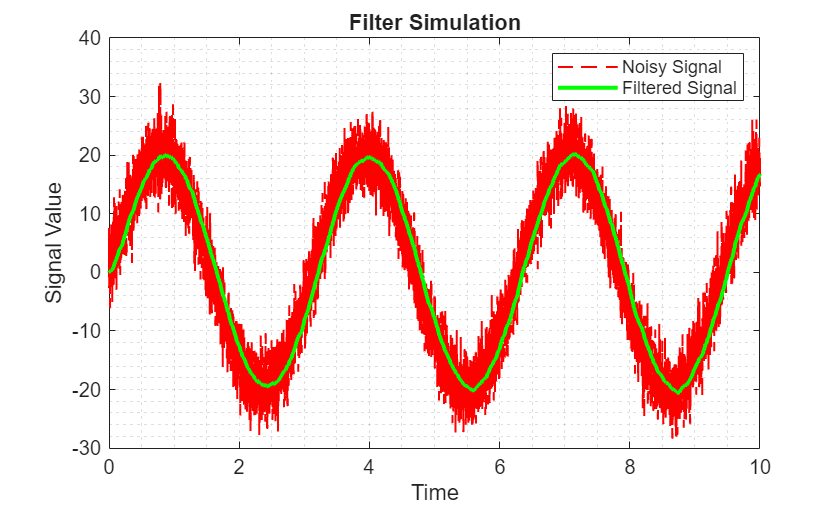Python Code
Libraries:
Simulink /
User-Defined Functions
Description
The Python Code block integrates native Python® code into a Simulink® model. Use this block to import external code and customize the integration of your code by specifying the block interface and writing Python code for block initialization, output, and termination.
The Python Code block supports initializing persistent data. Persistent data can include a Python class object. Use persistent variables that store Python objects to preserve state values between time steps.
For steps to integrate your Python code using this block, see Integrate Python Code into Simulink Using Python Code Block.
Note
You must have a compatible version of Python installed in your system to use this block. This might involve installing the
corresponding Python development headers in Linux and Mac. You must set the
ExecutionMode of Python in MATLAB as InProcess. For
more information, see Configure Your System to Use Python.
Python Code is not supported for simulation inside a Dataflow Subsystem. It is also not supported for simulation in rapid accelerator mode when placed within a For Each Subsystem
Examples
Ports
Input
Output
Parameters
Block Characteristics
Extended Capabilities
Version History
Introduced in R2025a

